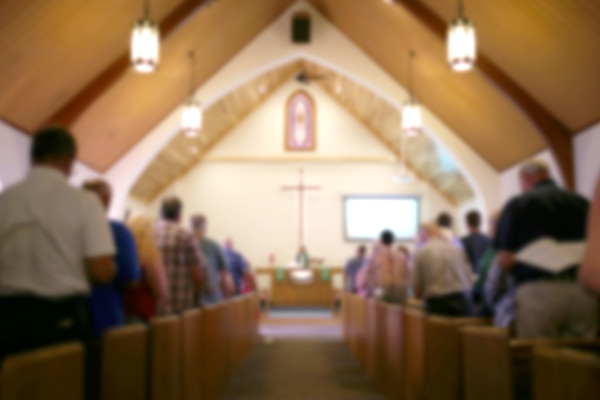Strength Training for Volleyball - Part 1 of 2
Volleyball is a dynamic, fast-paced game. The purpose of strength training for volleyball is not to build big muscles, but to develop the physical attributes necessary to improve a player’s performance. Strength training is very important to volleyball and should not be developed independently from other abilities such as agility, quickness and endurance.
In order to make strength a valuable physiological ingredient, it must be trained in such a way that gains in strength lead to the highest levels of jumping power. This jumping power must then be effectively applied during the game. To achieve this, strength training must be structured into training phases that lead into the competitive phase. If strength gains are not effectively used during games to produce peak performance, the whole exercise is useless, regardless of the size of the muscles.
Before you develop a sport-specific strength training program you must understand the specific adaptations to strength training that are required for the sport.
Types of Strength Required for Volleyball
To maximize players’ potential, gains in strength must lead to game-specific adaptations. A volleyball player requires the development of four main abilities:
Power refers to the state of applying force. When quickness (speed) is integrated with maximum strength, power is the outcome. Power is a determinant quality that is required in any type of jumping or quick change of direction.
Take-off power is a crucial element in volleyball in which the player attempts to project the body to the highest point to either spike or block. The greater the force applied against the ground, the higher the jump. The height of the jump is directly proportional to leg power.
Reactive power refers to the ability to generate force of jumping immediately following landing, as in spike-and-block. This kind of power is also necessary to quickly change the direction of motion during a game. The force necessary to adequately perform a reactive jump depends on the height of the jump, the athlete’s body weight and leg power. ·
Power-endurance is defined as the ability to develop power consistently throughout a game. The development of power, as expressed by a high vertical jump to spike over the block is essential for any serious volleyball player. However, if one is not capable of duplicating this task 200 times per game (the average number of spikes and blocks performed by a college player), a player’s jumping effectiveness decreases in the latter part of the game.
Periodization for Volleyball
Periodization structures training so peak performance is reached at the time of the main competitions. Truestar offers in-depth programs for all training phases described below. At any time you can profile to receive a yearlong volleyball program, whether you are an elite or recreational follower of the sport.
Anatomical Adaptation (AA) is the first phase of the strength training program, and immediately follows the Transition (off-season) phase. The main objective of strength training in this phase is not an immediate overload, but a progressive adaptation of your muscle tissue, ligaments and tendons for the more challenging phases that follow. Most muscle groups should be trained without stress or discomfort. Depending on your age and fitness level, three to six weeks of Anatomical Adaptation training is followed by a more taxing Maximum Strength phase.
Maximum Strength (MxS) is the heaviest weight you can lift for one repetition maximum (1RM). The main objective of this phase is to develop the highest level of strength. Your ability to jump higher and move quicker is dependent on your foundation of strength. This phase lasts for six to nine weeks, with a progressive increase in load and a decrease in the number of repetitions performed. It is important to note that only physically mature athletes should attempt to test for 1RM. Less physically mature athletes can be tested with less-than-maximum loads, and Load Calculators can be used to calculate the weight to use in training. A strong base of strength prepares you for the Conversion phase, which converts strength into powerful movements characteristic of the sport. Plyometric training methods such as jumping and bounding effectively convert strength into power.
Coaches often place a lot of emphasis on the aforementioned training phases and little focus on the Maintenance and Transition phases of training. Many coaches eliminate strength training from the athletes’ overall program as the league games start. But if strength training is not maintained during the playing season, the players will be exposed to a state of detraining, or loss of fitness. In other words, athletes will feel a decrease in strength and power. In addition, the off-season should include four to six weeks of transition training where the athlete mentally and physically recovers from the past season. Complete abstinence from physical activity is not recommended, nor is completing a demanding training program. Many athletes cross-train during this phase of training. Actively involving athletes in various sports and recreational activities will help maintain their fitness level and keep their interests and spirits refreshed.
Part II of this article will take a closer look at strength training during the Competitive and Transition phases of training. Techniques will be suggested along with loads, repetitions and sets that should be used in training.





















